Posted by MadFish Solutions on Dec 10th 2024
Picture-Perfect: 10 Expert Tips for Capturing Photos That Convert to Sales
High-quality images can be the deciding factor in whether a visitor clicks “Add to Cart” or abandons your site. Good photography not only showcases your products in the best light—it also communicates your brand’s quality, values, and attention to detail. Below are ten expert tips on taking and selecting visuals that resonate with your target audience, driving higher engagement and ultimately boosting conversions.
1. Plan Your Shots with a Purpose
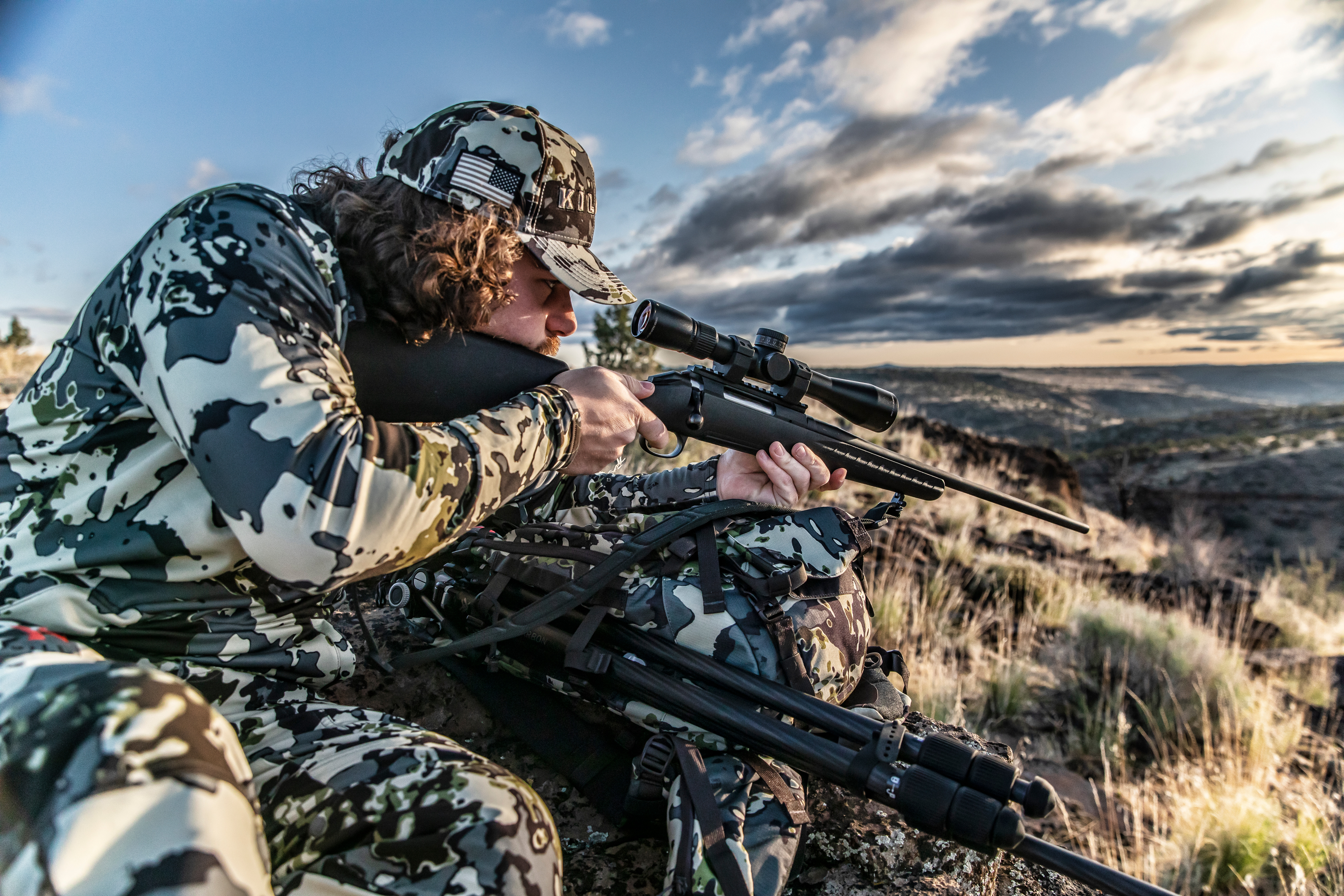
Before you pick up a camera, define what each image should accomplish. Are you highlighting a product’s unique features, illustrating how it’s used, or portraying a specific lifestyle? A clear objective ensures every photo has a role in your conversion funnel. For example, if you sell a compact flashlight designed for camping, a rugged outdoor shot with a glowing tent behind it can underscore durability and practicality. Create a brief “photo concept” outline for each product to stay on track and ensure every image directly supports your sales message.
2. Use the Right Equipment
You don’t need the most expensive camera, but investing in gear that captures sharp, well-lit images can make a big difference. A DSLR or mirrorless camera with a decent lens and a sturdy tripod is a solid baseline. If you’re using a smartphone, add clip-on lenses or external lighting for better results. Crisp, well-exposed images signal professionalism, reducing doubts about color accuracy or product quality. Try a macro lens for close-ups if your items have intricate details like stitching or embossed logos.
3. Master Lighting Techniques
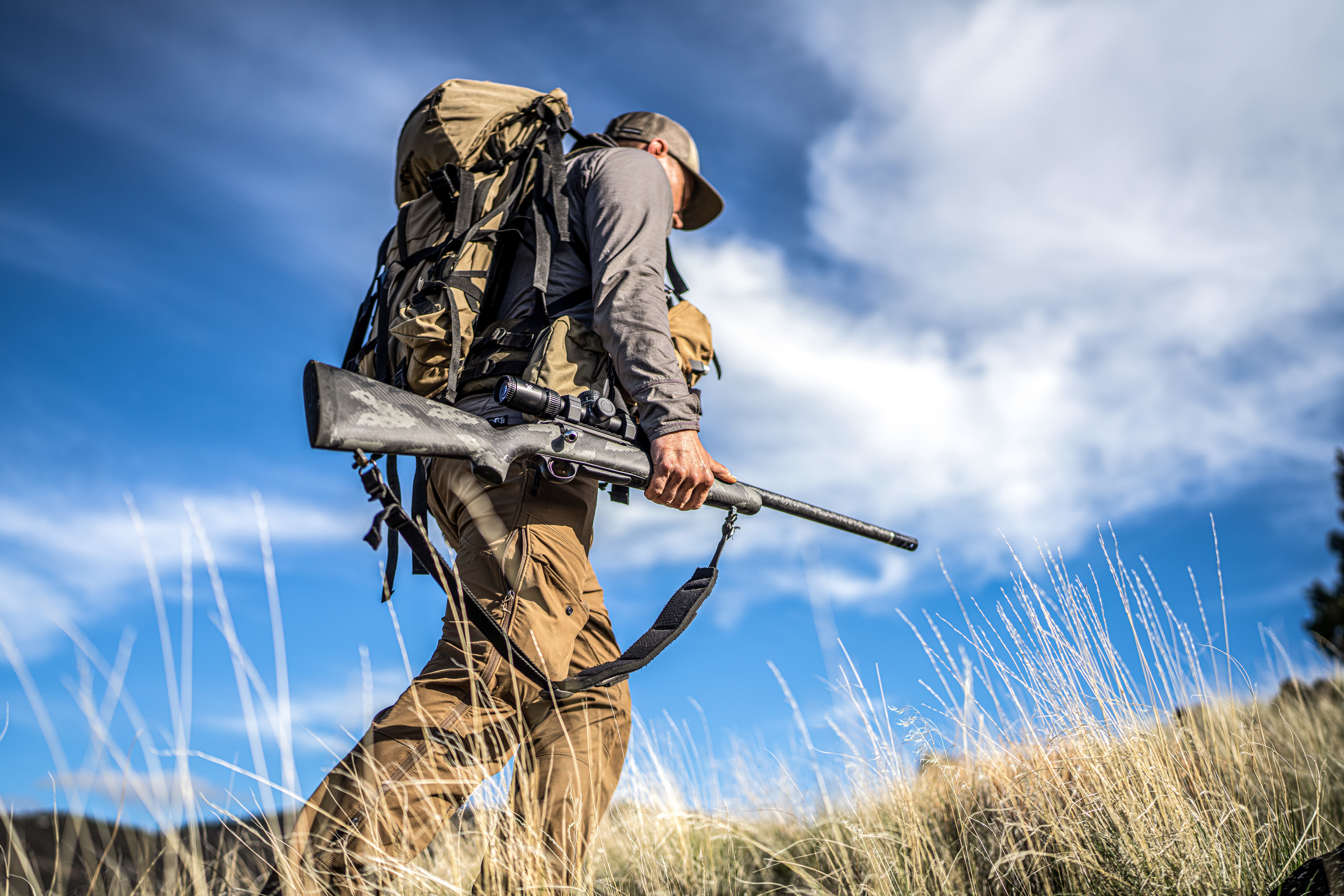
Lighting can make or break a photo. Use natural light near a window or set up a ring light or softbox for smaller items. Proper lighting highlights textures, colors, and shapes, making products more appealing. If you sell reflective goods, diffuse the light or use reflectors to minimize glare. For a hunting accessory, consider photographing it in soft natural outdoor light to emphasize authenticity, or use a light box to keep reflections in check if it’s a shiny metal product.
4. Pay Attention to Composition
Think about how elements in your frame are arranged. The Rule of Thirds is a common technique—imagine your frame as a 3x3 grid and place key features where the lines intersect. Keep backgrounds simple and clutter-free so viewers focus on the product. If you’re shooting firearm accessories, a woodgrain surface might add a natural, rugged feel, while a crisp white background suits tech-savvy items. Experiment with angles: a slight tilt or flat lay can give your products a unique visual edge.
5. Showcase Multiple Angles and Contexts
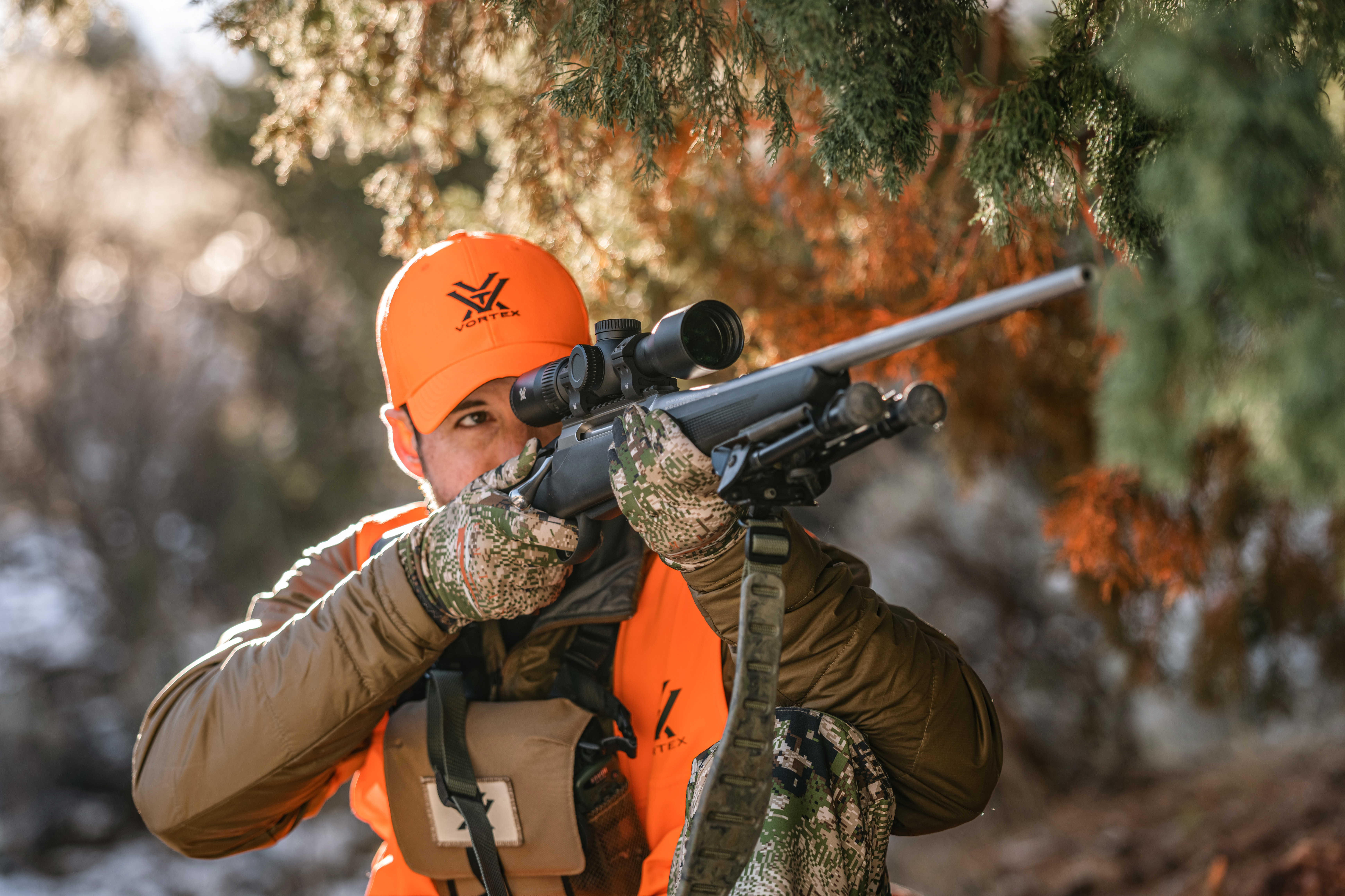
Online shoppers can’t pick up or feel your product, so the more angles and real-world contexts you provide, the better. Include close-ups of important features, different color variants, and in-use shots to demonstrate functionality. For a tactical backpack, show its interior compartments, water-resistant materials, and an action shot of someone wearing it on a hike. This approach not only boosts confidence but also reduces repetitive questions, fast-tracking the path to checkout.
6. Maintain Image Consistency
Consistency in lighting, backgrounds, and angles across all products makes your site look more professional and easier to navigate. Develop a style guide that covers color schemes, shooting angles, and any props you might use. Batch your photo shoots—set everything up once, then capture multiple items in the same session to keep visuals uniform. A uniform style helps shoppers quickly compare products without being distracted by different backgrounds or lighting setups.
7. Edit for Clarity, Not Deception
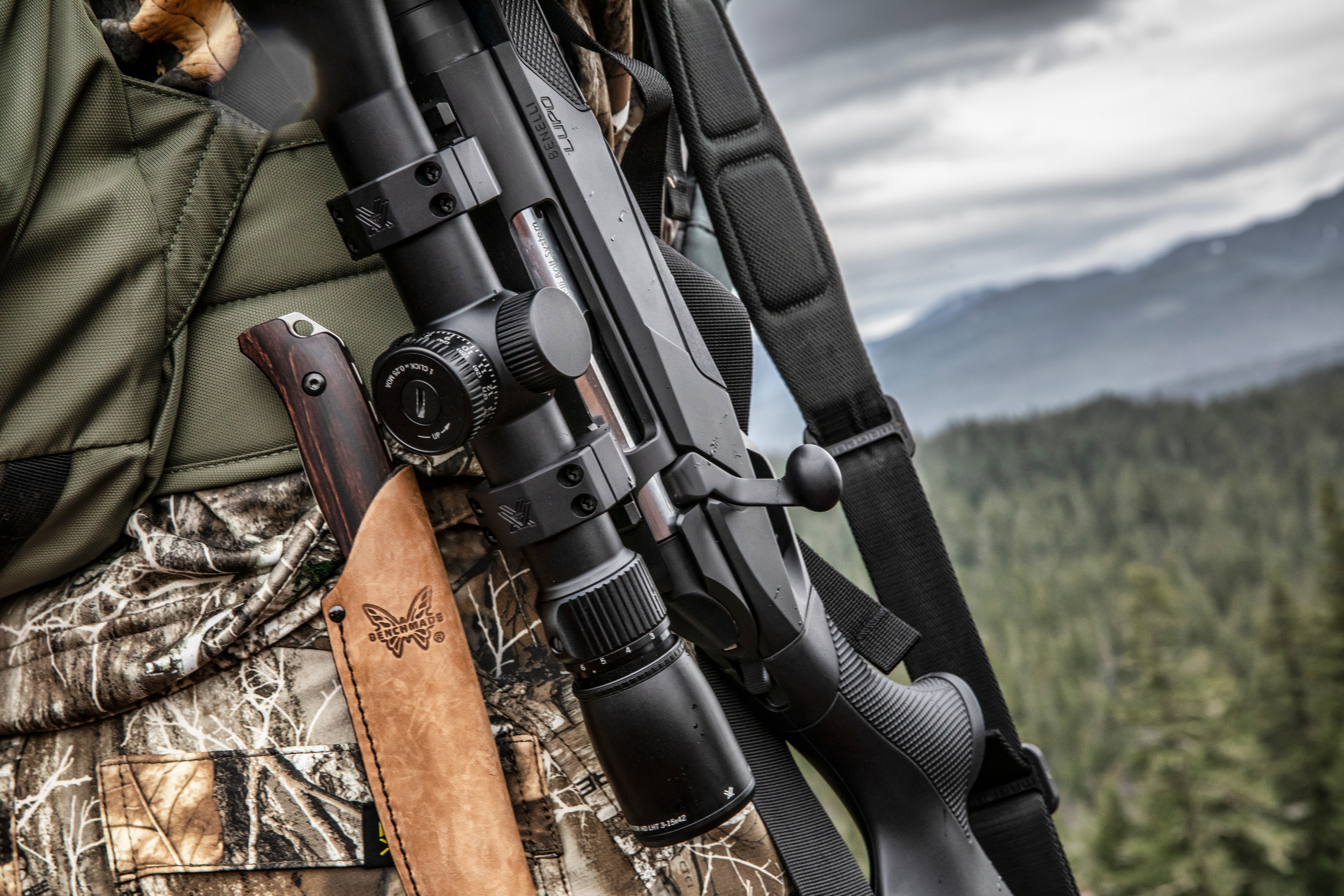
Minor edits like adjusting brightness, contrast, or removing background distractions are standard. However, avoid heavy retouching that changes the product’s true appearance. Transparent visuals build trust, ensuring buyers know exactly what to expect. For instance, if you sell a camo jacket, boost shadows slightly to highlight texture, but don’t oversaturate the pattern into something that looks drastically different from reality. Always compare your final edit to the real product in normal lighting for color accuracy.
8. Optimize Image Sizes
Balance image resolution with file size. Large, high-res photos can slow your page load speed and frustrate visitors, but overly compressed images might look blurry. Aim for a file size of around 100KB to 200KB for product shots, depending on your site’s design. Use tools like TinyPNG or your CMS’s built-in image optimizer to preserve clarity without causing slow load times. Quicker-loading pages encourage more browsing and reduce bounce rates, ultimately boosting conversions.
9. Incorporate Lifestyle and Scale
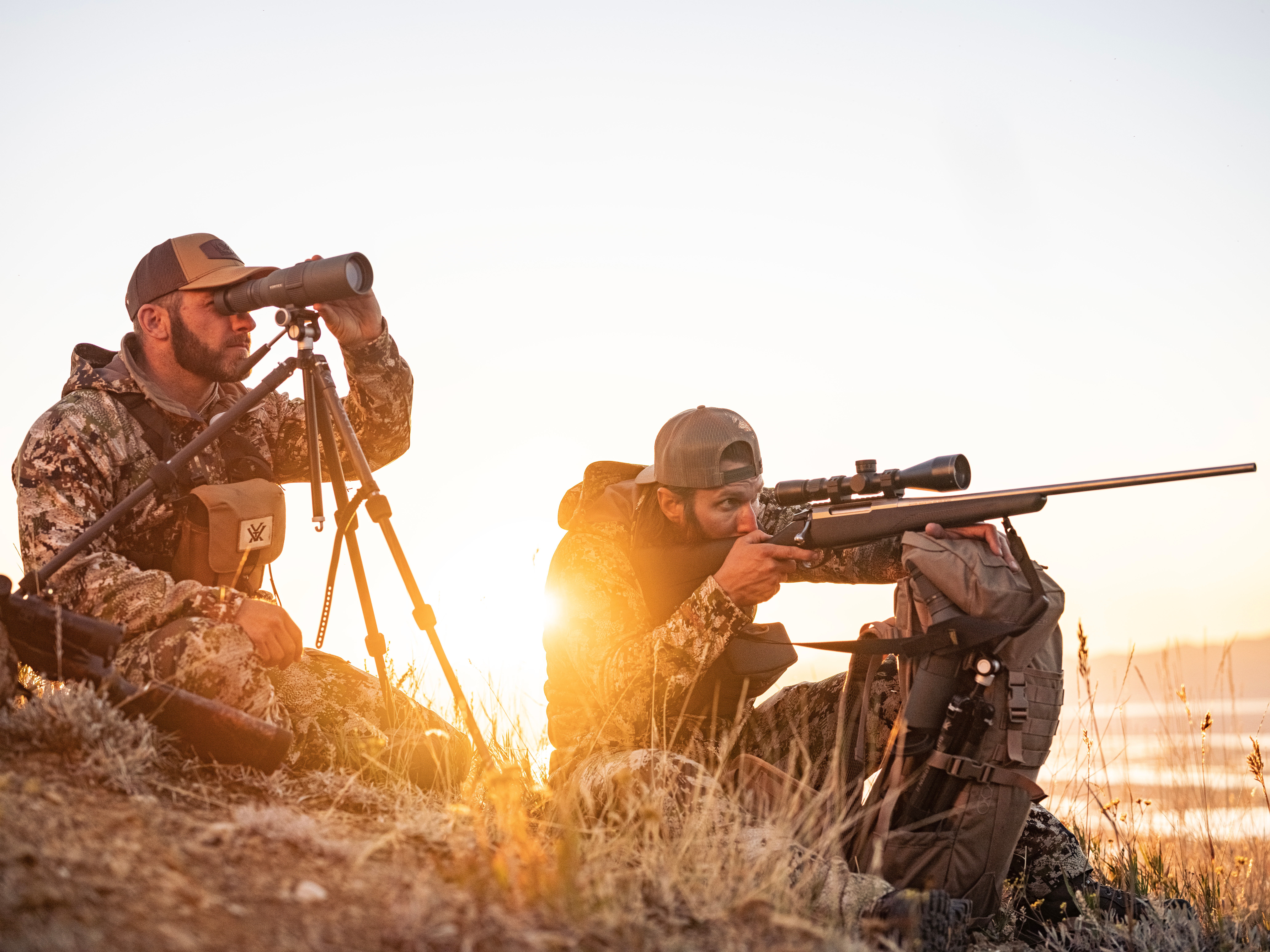
Lifestyle shots showing products in real-world settings help customers picture them in their own lives. Include recognizable objects—a smartphone, a hand, or a person—to provide scale. If you’re selling a compact firearm safe, a shot of it in a bedroom setting or next to a standard nightstand helps viewers gauge its size immediately. These context-driven images answer questions about fit and usage, reducing buyer hesitation.
10. Test and Rotate Your Visuals
Visual testing is a powerful tool to increase engagement. Use A/B testing or site analytics to see which hero images, angles, or lifestyles lead to higher conversions. Rotate featured photos seasonally or when introducing new product features. A hunting apparel store might switch from bright, summery backgrounds to earth-toned autumn shots for camouflage gear. Monitoring performance metrics helps you refine your imagery for maximum impact, keeping your site fresh and engaging for repeat visitors.


